Ornament is decoration or embellishment. It is any additional detail added to an object, interior or architectural structure which serves no other purpose than to make it more interesting, arresting or beautiful to us.
Take this Sèvres soup plate for instance. The richly painted and gilded decoration adds absolutely nothing to the function of the plate, but the effect is certainly more interesting than a plain white plate. Catherine the Great evidently thought so too, as she had the service to which this plate belongs re-designed eight times before she felt it was quite right.

An ornament print is a printed design or pattern, like the below example, Jean-Baptiste Fay’s suggestion for painted porcelain plates, executed in around 1792.

The V&A has around 24,000 ornament prints and with a generous grant from the Esmée Fairbairn Foundation, we are now happily in a position to begin cataloguing them and putting all the details online for you. They’re all kept in the EO pressmark in the Prints, Drawings and Paintings Department and can be viewed without appointment in the museum’s Prints & Drawings Study Room.
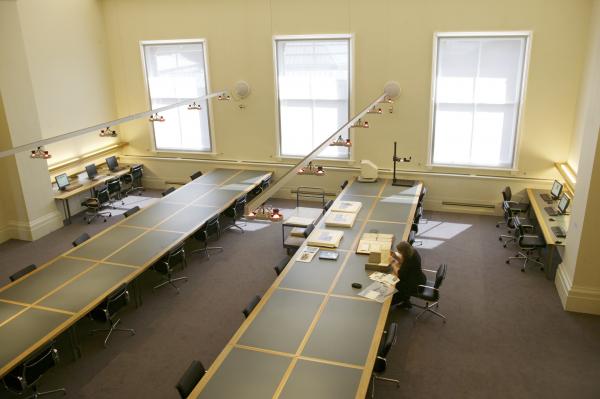
The museum began collecting these not long after it was founded; this is an early entry from the museum’s accession register for a group of ornament prints acquired in 1857:
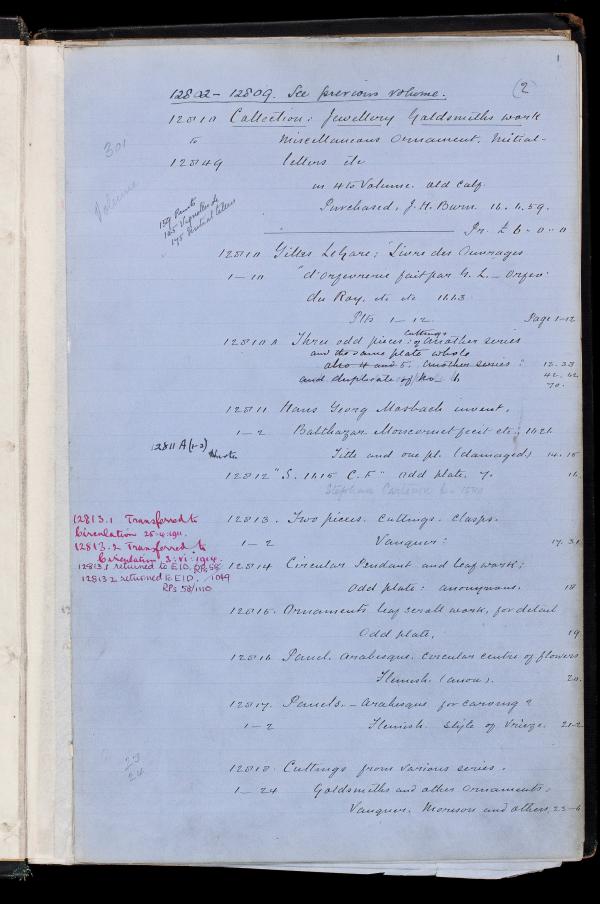
And this is one of the prints, a French moresque design for Goldsmiths from 1615.
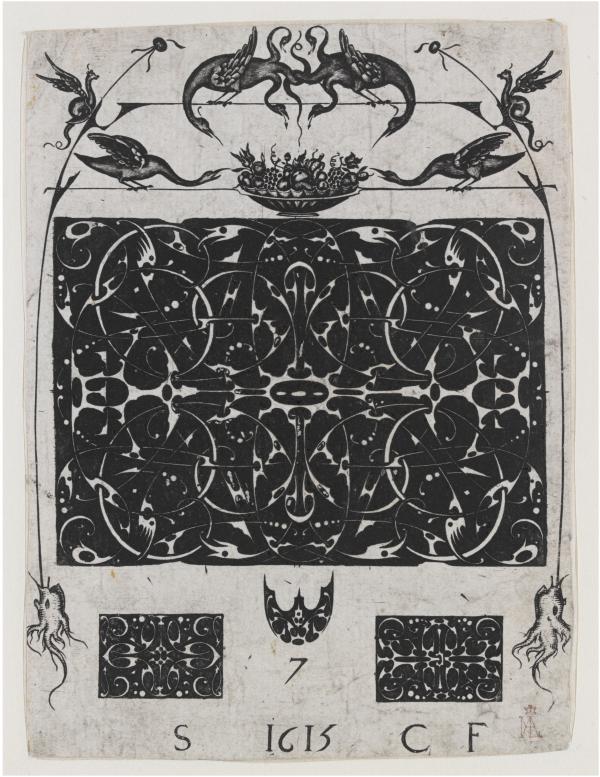
But why is ornament (and by extension an ornament print) important? Well, firstly, ornament is all around us. Here at the V&A, the buildings are a veritable monument to ornament, with almost every surface in the museum accented with some sort of decorative flourish: Here, for example is the view of the terracotta mouldings flanking my office window:
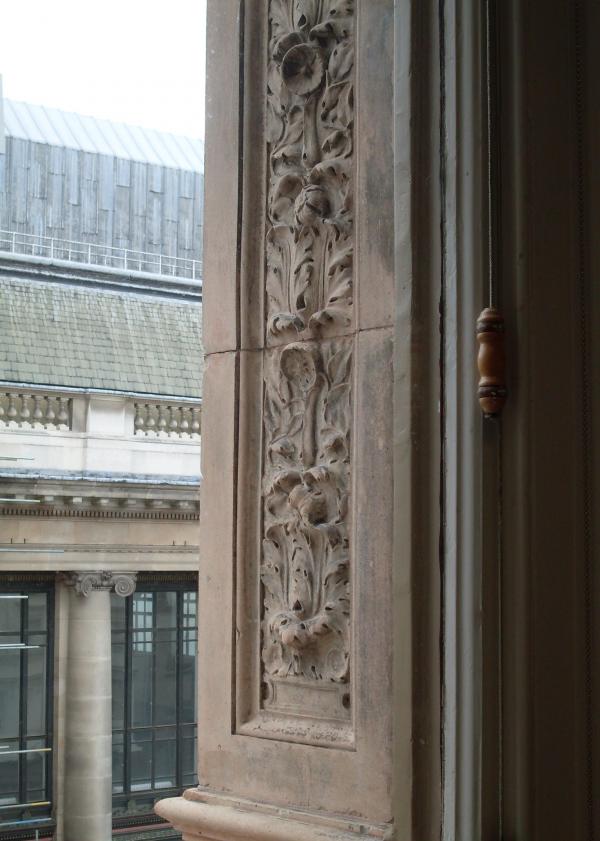
The mosaic floors in the galleries, some sections of which were laid by female inmates of Woking Prison:
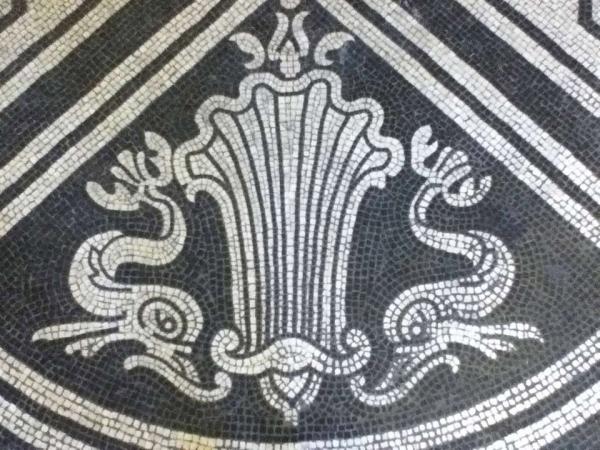
And the V&A cipher in the marble staircases leading up to the British Galleries and Architecture Galleries.
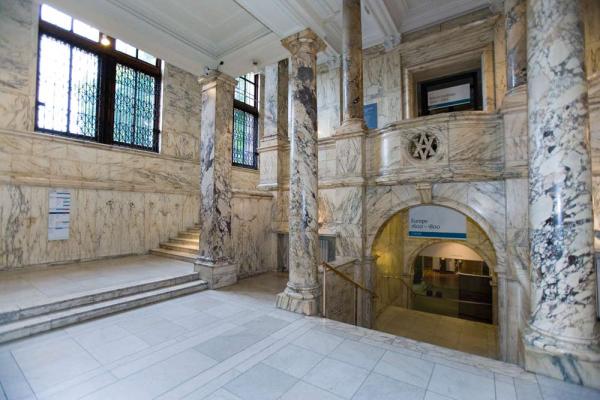
A study of ornament is clearly essential to art historians and curators, given that it informs so much of what we see in the fine and decorative arts but also in the design of interiors, architecture and so on. However some sense of what all this ornament means and its history is also beneficial to the casual observer as it can only enhance our day-to-day existence. To paraphrase Ralph Wornum (1812-1877) who published his ‘Analysis of Ornament’ in 1848 and went on to become Keeper of the National Gallery, ornament appeals either to our feelings or to our understandings.
It is in the delightful experience of discovering unexpected details that much of the charm in ornament rests (for me). During the recent London Open House week-end, I visited the Foreign Office and was enchanted by this ornamental frieze of oak leaves in a rather dark corridor overlooking the Grand Staircase, with squirrels busily clambering up and down, the one in the right-hand corner nibbling an acorn.

Throughout the ornament project we’ll be posting examples of some of the amusing and inspiring designs we come across.
hi i am doing a contextual study on ornaments in the eastern cultures, i would like to know how they were influenced by other cultures!